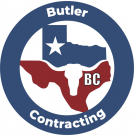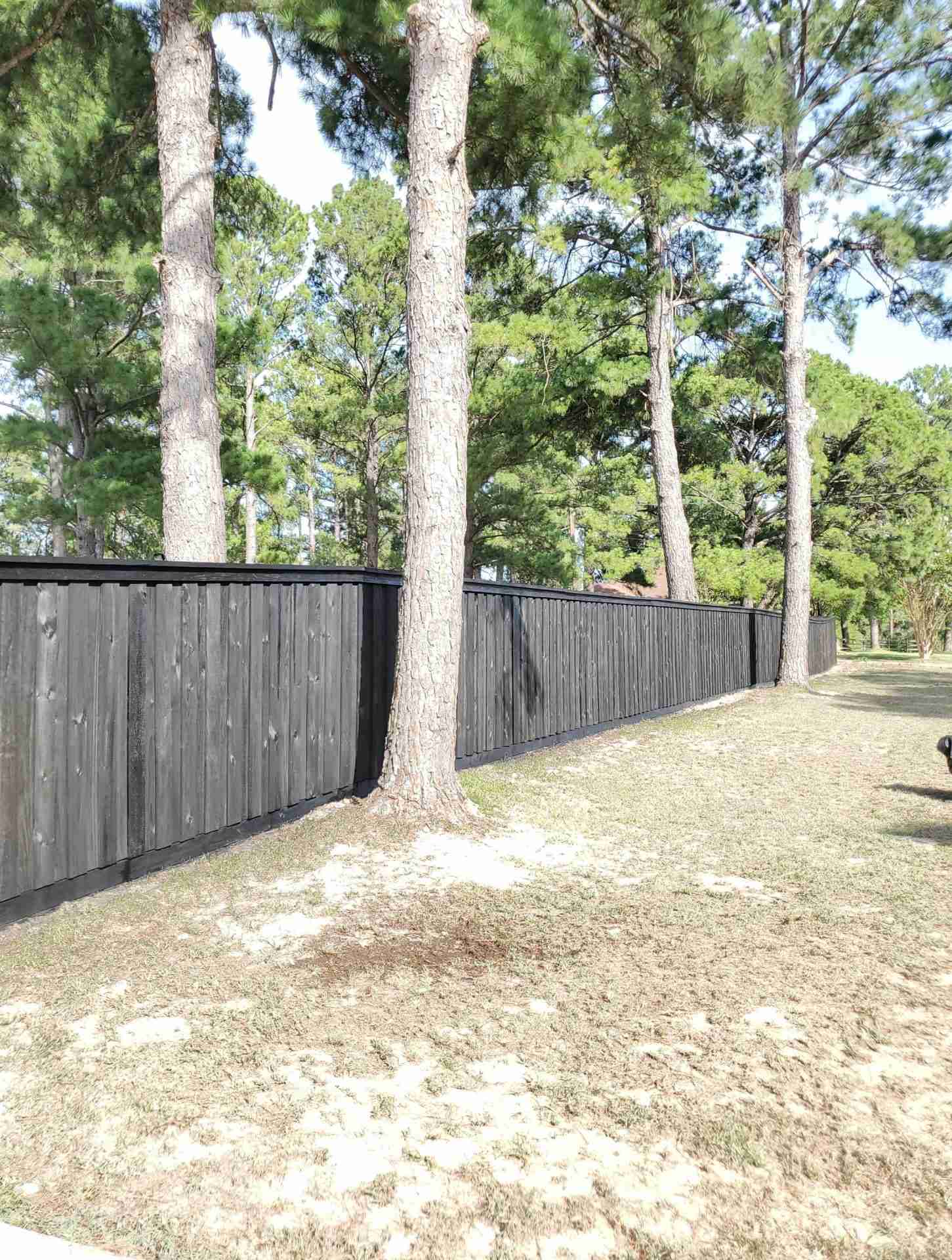After you’ve had a survey done on your property and you’re certain of the boundary lines, you can build a fence in confidence that you won’t experience any negative consequences by putting the fence in the wrong place. However, one thing that might not have crossed your mind is how that tree on the property line might influence the fence design or what to do about the branches of your neighbor’s tree that hang over onto your property. We at Butler Contracting can help you troubleshoot and solve whatever issue you might have, but first, let’s get into understanding the different issues that trees can cause when building a fence.
Who Owns The Tree?
First and foremost, you may have a legal right to act on a tree, but not everybody has that understanding and it’s always best to let your neighbor know what you’d like to do before you do it. If acting on the tree in any way affects them, coming to an agreement with your neighbor is a good way to ensure that no situation escalates into a frivolous and unnecessary lawsuit.
Having said that, if the tree is within your property line, you own it and have a right to trim it or cut it down. If the roots extend to your neighbor’s property, pulling up the stump will require your neighbor’s consent.
Likewise, if the tree is on their property, your neighbor owns it and your rights are limited. However, if any part of that tree extends onto your property, you have the right to trim the branches or cut the roots. Keep in mind, cutting the roots could damage and if you use a chemical that has negative ramifications for your neighbor, you could legally be held liable for the damage.
Tree is on the Property Line
If a tree exists directly on the property line, the laws are very similar to when a fence is built on the property line. Both neighbors can claim ownership of the tree and it cannot be removed without the consent of both owners.
If the tree interferes with where you would like your fence line to go, the best and easiest option is to build around it. It’s as simple as building a short angled section of the fence to dodge the tree altogether.
Another possibility is to let the tree interrupt the fence and terminate the ends of the fence as close to the tree as possible. This is not preferable as the tree can change over time and may create unwanted gaps between the tree and the fence.
Your Neighbor’s Tree Branches Cross the Property Line
If your neighbor owns the tree, but its branches have extended onto your property, you have the legal right to trim the branches, but only back to the property line and no further. Make sure that at no point do you trespass onto your neighbor’s property when trimming the branches. If you are in need of an arborist for this task, check out our article, 5 Tree Service Arborists That Serve Bastrop County.
There are instances where a tree branch is large and both neighbors would like it to be preserved. In this case, a window or notch can be built into the fence and around the tree branch so that the fence doesn’t interfere with the tree. This is only advisable for very large and mature trees that are fully grown. Be aware that it will create gaps between the fence and the tree.
Don’t Forget About the Tree Roots
Tree roots can be the most difficult part of building fences near trees. If it is a young tree, you have to plan for the growth of the roots and if it is a mature tree, it’s best to try and avoid the roots when digging the post holes.
Butler Contracting Can Solve Your Tree and Fence Problems
If you need a fence built and you’re not quite sure how to go about it, let the professionals handle the problem for you. Give us a call at (844) 628-8537 or get a quote started by using our Fence Estimator Tool.



